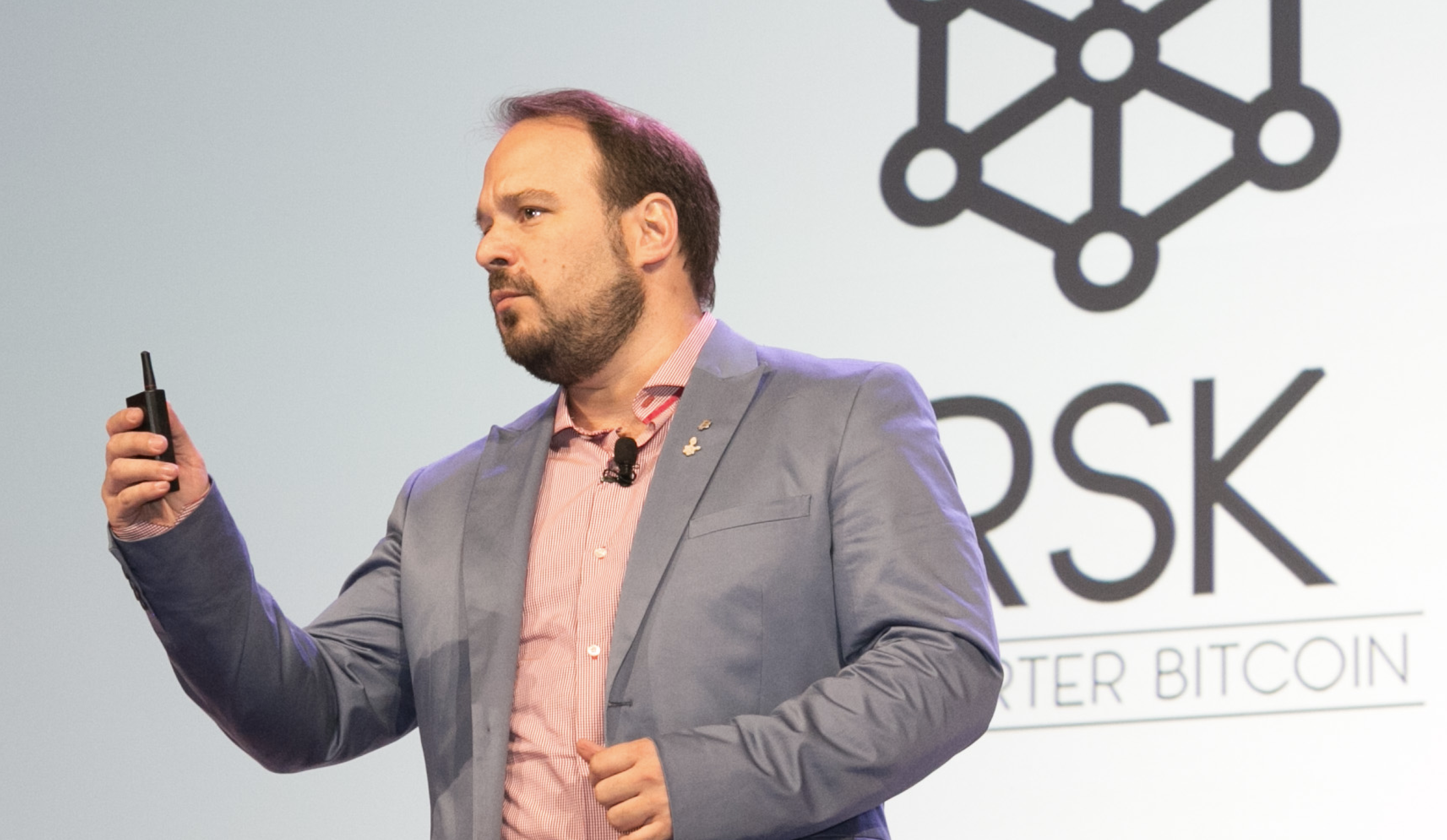Crypto Needs to Radically Rethink Token Distribution
A major blocker for mainstream blockchain adoption remains the prevailing sense that the space is still too focused on speculation. To build a sustainable ecosystem and onboard more users, protocols must radically rethink how tokens are distributed. The focus must shift from inflated valuations and speculative price action to long-term utility and transparency.
This year, the cryptocurrency market has witnessed a resurgence in token launches, many of which have adopted a “low float, high fully-diluted value (FDV)” strategy. The plan is simple: launch at a high price, lead with a multi-billion dollar valuation and create hype around the project’s potential. This playbook has been broadly criticized but has proven irresistible for many projects chasing attention.The problem? It is entirely artificial.
The “low float, high FDV” model involves releasing a small percentage of the total token supply (the float) to the market while assigning a high price to each token. This creates a deceptively inflated FDV for the project, and many token holders fail to account for the remaining token supply that is still to reach circulation.
While this approach can generate significant initial interest, numerous projects that have adopted this model see short-lived benefits that disintegrate in the long-term. This is not a sustainable approach and takes attention away from what should be the real focus of all crypto projects — long-term utility and protocol adoption. Bitcoin took years to build up a user base — today, projects can do so with one big launch.
Crypto must make bolder bets to refocus the industry on distribution and utility, while eschewing price speculation.
There is a better way to manage token launches — one that prioritizes long-term utility and organic growth over speculative gains. Protocols are beginning to experiment with alternative models. FRIEND, a blockchain-based social platform, for example, launched with 100% float, distributing all tokens to the community from day one. After taking a radically different approach at Lava Network, I am convinced the industry must adopt a new standard for how blockchain projects should handle token distribution and valuation.
A Market-Derived Approach
By sharing experiences and insights from the lessons learned at Lava, an access layer for blockchains, I hope we can inspire a shift towards more responsible and sustainable token launch practices. Together, a stronger, more resilient blockchain ecosystem that benefits all participants can be built.
This alternative token launch strategy is centered around a market-derived FDV through decentralized exchange (DEX) trading designed to reduce speculation and organically foster a community of believers and long-term network participants. By ensuring a higher initial float and a capped supply, this approach makes the focus more about a token’s intrinsic utility and the project’s real-world potential – rather than speculative pricing.
This strategy offers several key benefits:
-
Reduced Speculation: With a higher initial float, the market can more accurately price the token based on its utility and demand, rather than speculative hype.
-
Organic Growth: A market-derived FDV fosters a community focused on the project’s long-term success and utility.
-
Transparency and Trust: By avoiding the pitfalls of inflated valuations, this approach builds greater trust with the community and stakeholders, ensuring a more stable and predictable road ahead.
While some might argue that a market-derived FDV approach could result in slower initial growth or the risk of undervaluation, the long-term benefits of a stable, sustainable protocol far outweigh these short-term concerns.
Recent commentary in the blockchain space has also highlighted the need for change. For example, a CoinDesk article by Azeem Khan rightly argued for a shift away from inflated valuations to attract retail investors and revitalize the market for VC tokens. While this perspective recognizes the shortcomings of high FDVs, it primarily focuses on engaging retail investors by keeping valuations lower and creating market hype.
However, it doesn’t go far enough. A long-term sustainable approach should not merely be about lowering valuations but about creating genuine value and utility that resonates with both retail investors and the broader community. The emphasis should be on transparency, realistic valuations, and fostering organic growth, not just immediate market excitement.
Building a Sustainable Blockchain Ecosystem
The blockchain industry is still in its nascent stages, and how token launches are managed today will shape the ecosystem’s future. A market-derived FDV approach is a call to action for other projects to prioritize transparency, long-term utility, and community trust over short-term gains.
The blockchain industry stands at a crossroads. Continuing down the path of low float, high FDV launches will only lead to more market instability and disillusioned investors. By embracing a market-derived FDV approach, projects can build stronger, more resilient ecosystems that benefit everyone involved. It’s time for the industry to focus on building real products – and less on the next shiny new token.
Note: The views expressed in this column are those of the author and do not necessarily reflect those of CoinDesk, Inc. or its owners and affiliates.
Edited by Benjamin Schiller.
Disclosure
Please note that our
privacy policy,
terms of use,
cookies,
and
do not sell my personal information
has been updated
.
CoinDesk is an
award-winning
media outlet that covers the cryptocurrency industry. Its journalists abide by a
strict set of editorial policies.
In November 2023
, CoinDesk was acquired
by the Bullish group, owner of
Bullish,
a regulated, digital assets exchange. The Bullish group is majority-owned by
Block.one; both companies have
interests
in a variety of blockchain and digital asset businesses and significant holdings of digital assets, including bitcoin.
CoinDesk operates as an independent subsidiary with an editorial committee to protect journalistic independence. CoinDesk employees, including journalists, may receive options in the Bullish group as part of their compensation.
:format(jpg)/s3.amazonaws.com/arc-authors/coindesk/f8f2c391-bc9d-4658-9719-656dfda4b24e.jpeg)
Ethan Luc is the head of community at Lava Network, the modular platform that lets users interact with every rollup and blockchain. Lava launched a native token at mainnet on a DEX, with a market-derived FDV approach.









